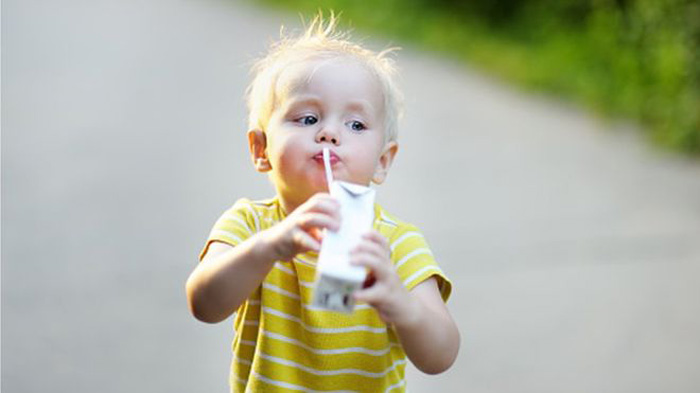“In about 57,000 children and an equal number of linked adults, a positive family history of cancer was associated with an almost 60% increase in the development of child asthma in the linked child,” Sairaman Nagarajan, MD, MPH, from the Center for Allergy and Asthma Research at SUNY Downstate Health Sciences University in Brooklyn, New York, told Healio Pulmonology. “The results were fairly consistent in both the chi-square models as well as regression models.”
Specifically, in regression models, the OR for development of asthma with a positive family history of cancer was 1.68 (95% CI, 1.47-1.91) before adjustment and 1.41 (95% CI, 1.24-1.63) after adjustment for age, sex, race, family education and smoking. Similarly, the likelihood for childhood asthma was also higher among those with a positive family history of cancer vs. those without a positive family history of cancer on chi-square testing (20.6% vs. 13.4%; P < .001).
“The take-home message from this study is that all clinicians — pediatricians, pediatric pulmonologists, allergists and immunologists alike — should have a heightened suspicion for asthma among kids who have a positive family history of cancer,” Nagarajan said. “If they see a positive history of cancer, they should screen these children more aggressively for asthma because earlier diagnosis and treatment of asthma in children leads to improved long-term outcomes and prognosis.”
This study, which included analysis of National Health Interview Survey data from CDC, grew from earlier pilot projects conducted by Nagarajan and colleagues.
“Previously, we looked at personal history of cancer in relation to atopy, asthma and hay fever in the same individual,” he said. “We wanted to extrapolate this relationship transgenerationally to see if cancer may have an effect on asthma or atopy prevalence.”
A total of 57,181 children (average age, 8.67 years; 51.4% boys), each with a linked adult (average age, 38 years), were included in the analyses. Children with asthma were older (10.67 vs. 8.35 years; P < .001) and were more often boys than girls (59.2% vs. 40.8%; P < .001).
More about: asthma
















































